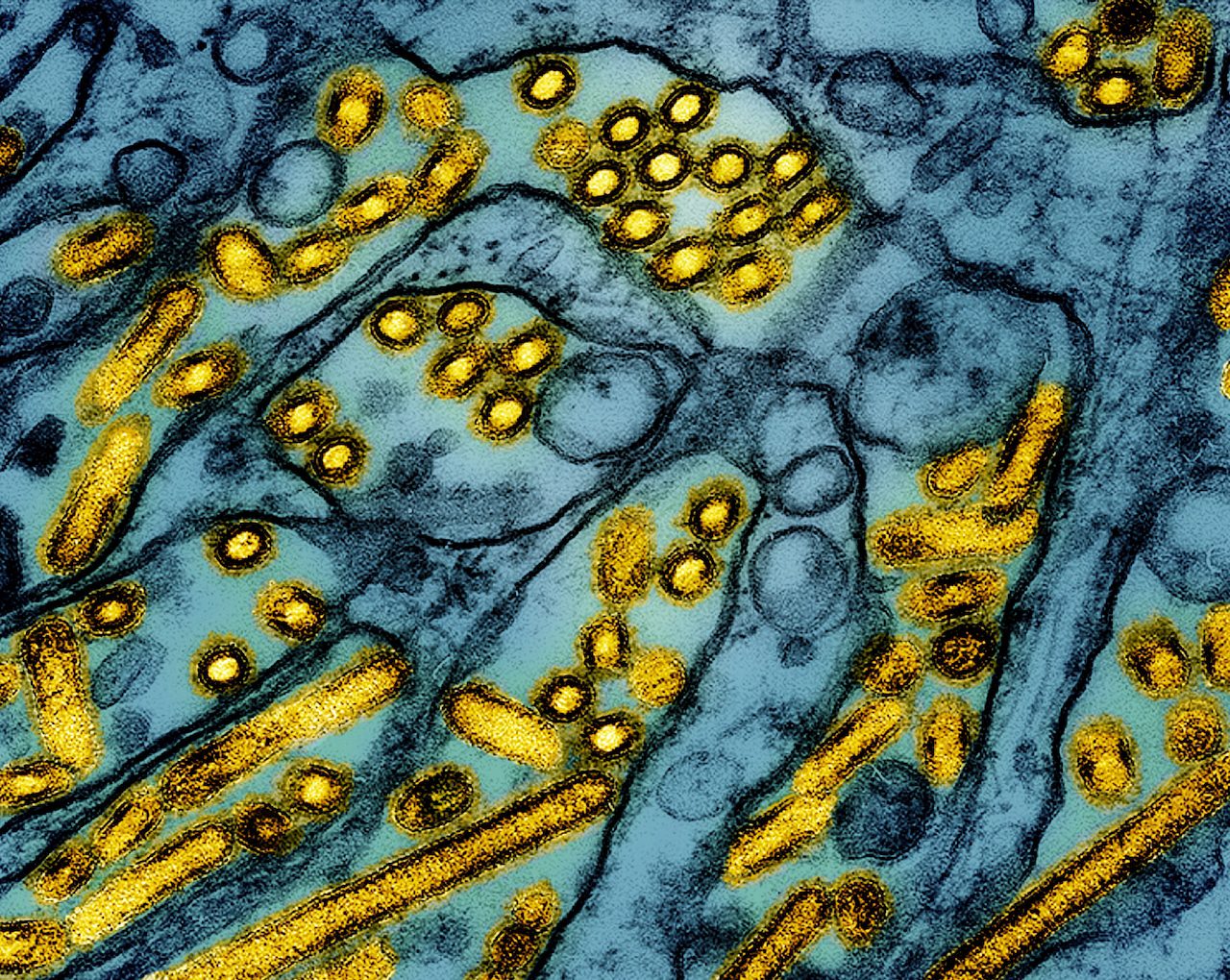
Written by JONEL ALECCIA, AP Health Writer
This month, at least two cats in Oregon were euthanized after consuming raw pet food that tested positive for the avian influenza virus. In response, agriculture officials issued a public health alert on Friday regarding these products.
Authorities in Oregon and Washington state have reported the presence of the bird flu virus in samples of raw pet food produced by Wild Coast LLC, based in Olympia, Washington.
Two felines from different households in Multnomah County, Oregon, became ill after eating this raw pet food. After discussing the situation with their veterinarians, the owners made the difficult decision to euthanize their pets due to the seriousness of their conditions, according to officials.
Veterinarians reported the illnesses to state authorities. Samples were taken from both the cats and the opened food containers. Subsequent testing at state and federal labs confirmed the presence of the bird flu in both the animals and the pet food. Additionally, unopened containers were tested and identified as contaminated as well.
The implicated products were identified as Wild Coast’s Boneless Free Range Chicken Formula, specifically lots #22660 and #22664, with best-by dates set for December.
According to the U.S. Department of Agriculture, dozens of domestic cats have contracted the H5N1 virus, including at least 24 cases reported this year. Many infections occurred after these pets ingested either contaminated raw milk or raw pet food.
Infected pets may show several symptoms, such as fever, lethargy, decreased appetite, inflamed eyes, eye and nasal discharge, respiratory distress, and neurological issues, which can manifest as tremors, seizures, or even blindness.
If a pet has consumed raw food or milk, or if they have been in contact with outdoor birds, pet owners should seek veterinary advice promptly.
While no human cases of bird flu have been reported from handling raw pet food, there is a risk of infection if the virus contacts mucous membranes such as the eyes, nose, or mouth.
Since 2022, the spread of bird flu among wild birds has been noted in the U.S. The virus was identified in dairy cattle for the first time in the past year and has now affected over 960 cattle herds across 16 states.
___
The AP Health and Science Department is supported by the Howard Hughes Medical Institute’s Science and Educational Media Group and the Robert Wood Johnson Foundation. The AP retains sole responsibility for all content.









